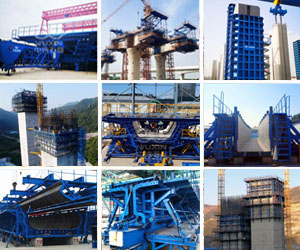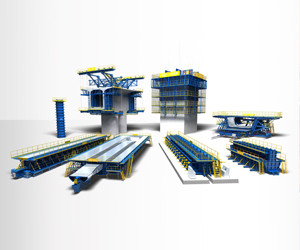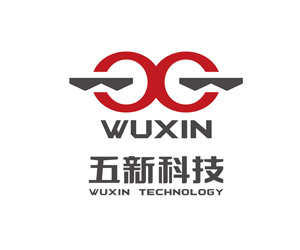Form Traveller
Introduction to Form Traveller
1. Definition and Purpose
A form traveller, also known as a movable formwork system, is an innovative construction device mainly used in the construction of bridges and other structures with long - span or continuous concrete elements such as box girders.
The primary purpose of a form traveller is to provide a movable formwork for casting concrete in successive sections. It allows for the efficient and accurate construction of structures with a consistent cross - sectional profile. By moving along the length of the structure under construction, it enables the continuous casting of concrete segments without the need to set up and dismantle the formwork for each individual section, thereby saving time and labor.
2. Structure and Components
Travelling Mechanism: This is the heart of the form traveller. It usually consists of wheels or rollers that run along rails or tracks. The wheels are designed to bear the weight of the entire form traveller and the wet concrete during casting. The travelling mechanism enables the form traveller to move smoothly and precisely from one casting position to the next. There are often drive systems such as electric motors or hydraulic cylinders to control the movement of the form traveller.
Formwork Panels: The formwork panels are the parts that directly shape the concrete. They are typically made of steel or a combination of steel and plywood. The panels are designed to form the sides, bottom, and sometimes the top of the concrete section. They have a specific shape and size to match the cross - sectional design of the structure being built. The formwork panels are usually adjustable to some extent to account for minor variations in the casting process and to ensure a tight fit against the previously cast section.
Support and Bracing System: To maintain the stability and correct alignment of the formwork, a support and bracing system is in place. This includes vertical and horizontal braces, struts, and frames. The support system not only withstands the pressure of the wet concrete but also ensures that the form traveller remains in the correct position during casting and movement. The bracing system is designed to resist lateral and vertical loads and prevent any deformation of the formwork.
Pouring and Finishing Equipment: Form travellers often come equipped with facilities for pouring concrete. This can include hoppers, chutes, or pumps to transport the concrete to the casting area. There are also provisions for finishing the surface of the concrete such as vibration equipment to ensure proper compaction and smoothness of the concrete surface.
3. Working Principle
The form traveller is first positioned at the starting point of the structure to be cast. The formwork panels are then adjusted and locked into place. Concrete is poured into the formwork cavity and consolidated using vibration equipment. After the concrete has set to a sufficient strength (usually after a period of curing), the form traveller is disengaged from the cast section and moved to the next casting position. The process is repeated until the entire length of the structure is completed.
During the movement, the form traveller's travelling mechanism ensures that it moves in a straight line and maintains the correct elevation and alignment. The support and bracing system continues to provide stability, and the pouring and finishing equipment is prepared for the next round of concrete pouring.
4. Advantages
Efficiency: The use of a form traveller significantly speeds up the construction process. It allows for continuous casting of multiple segments, reducing the overall construction time compared to traditional formwork methods. The ability to move the formwork along the structure eliminates the need for repeated setup and dismantling of formwork, saving both time and labor costs.
Quality and Consistency: The form traveller provides a consistent formwork shape and size for each casting section. This results in a more uniform cross - sectional structure with better quality control. The vibration and finishing equipment integrated into the form traveller also contribute to a higher - quality concrete surface and internal structure.
Safety: As the form traveller is a self - contained and movable system, it can reduce the need for workers to be in precarious positions during construction. For example, workers can pour and finish the concrete from a more stable platform provided by the form traveller rather than having to access the formwork from scaffolding or other temporary structures.
5. Applications
Bridge Construction: Form travellers are widely used in the construction of various types of bridges such as prestressed concrete box - girder bridges. They are used to cast the main span of the bridge, the approach spans, and other continuous concrete elements.
Viaducts and Flyovers: In the construction of long - span viaducts and flyovers, form travellers play a crucial role. They enable the efficient casting of the concrete superstructure, ensuring a smooth and continuous traffic - bearing surface.
Tunnels and Underpasses: In some cases, form travellers can also be used in the construction of tunnels and underpasses where a continuous concrete lining is required. The form traveller can move along the tunnel axis, casting the concrete lining in a systematic manner.









